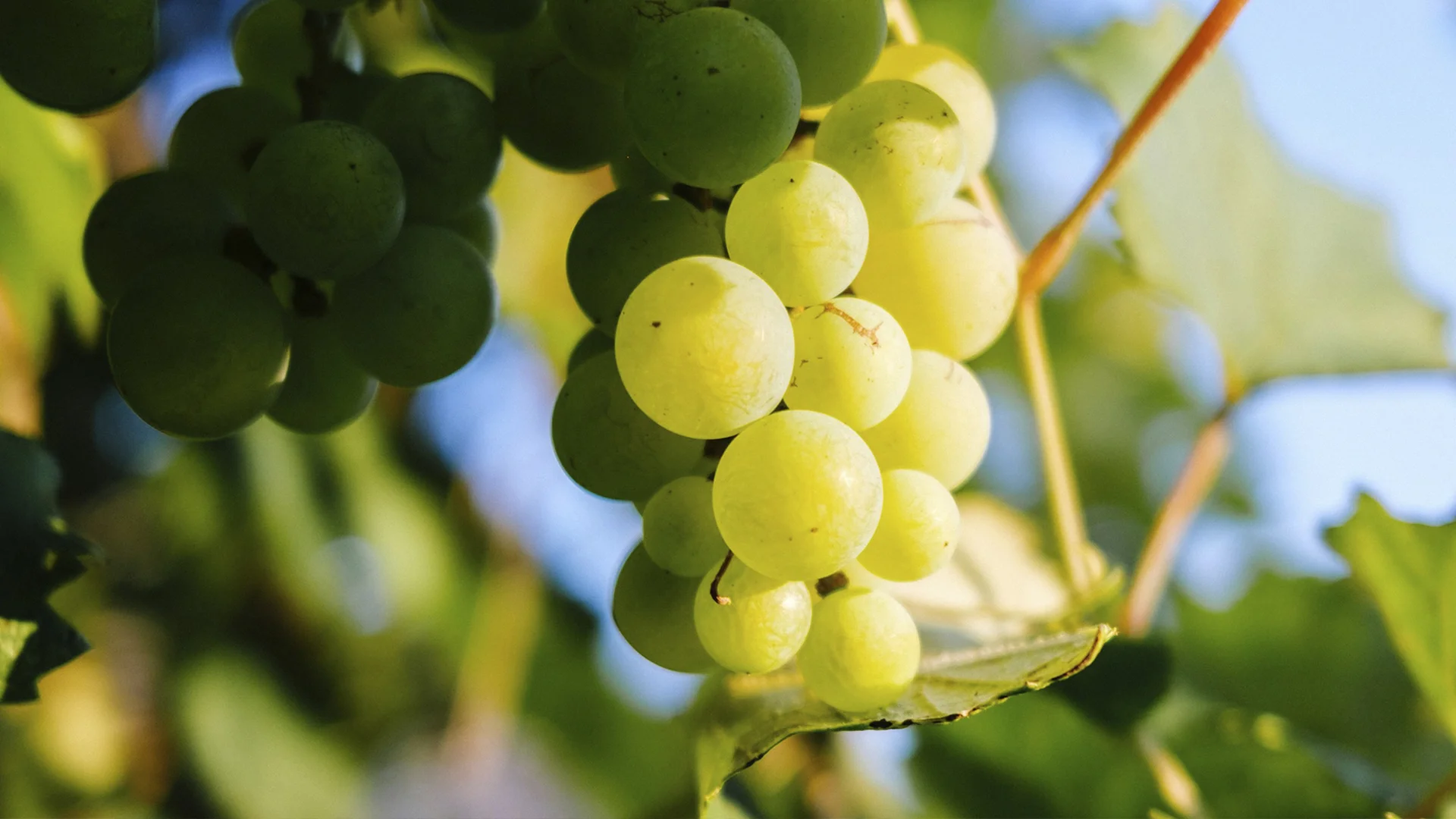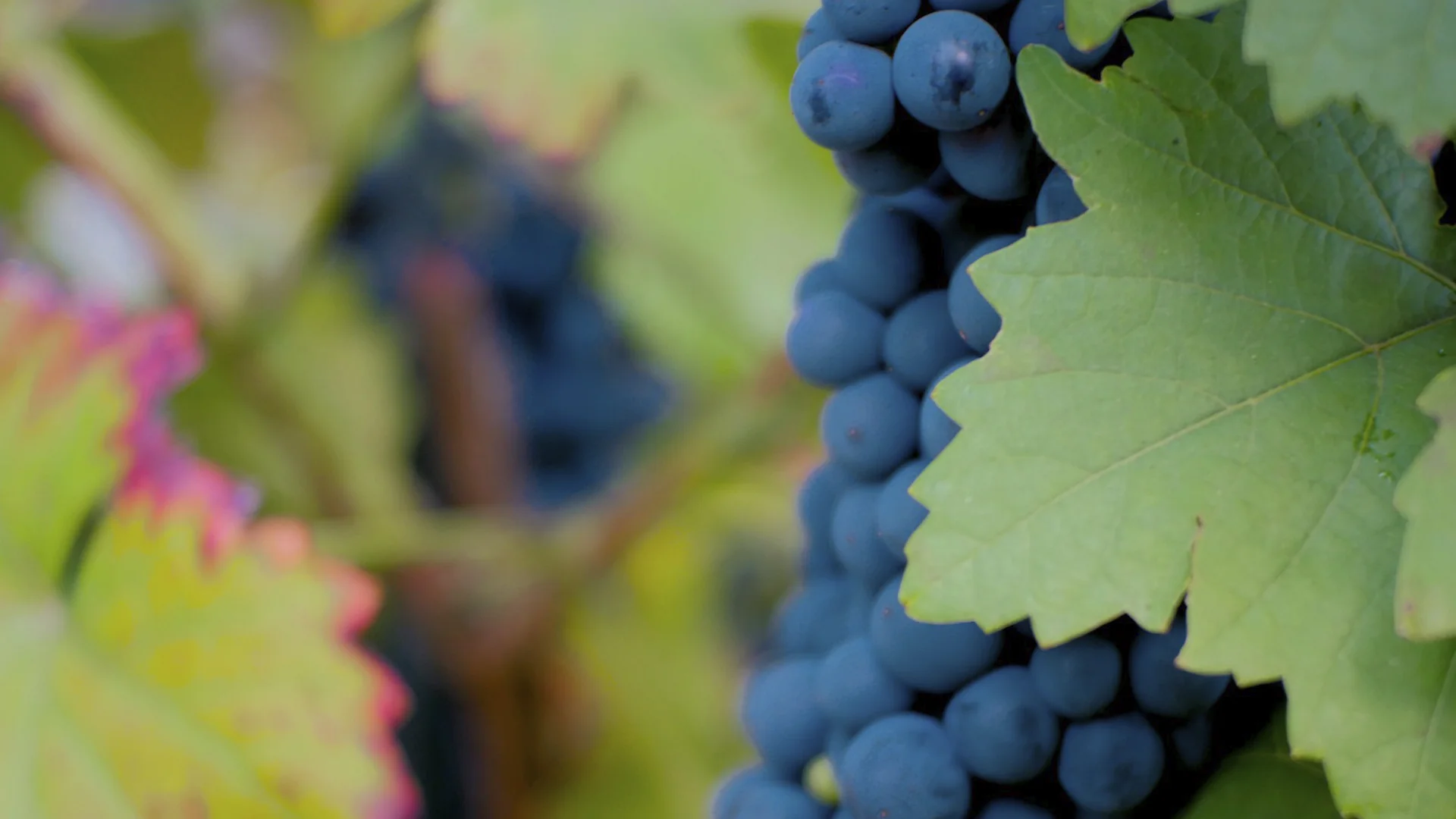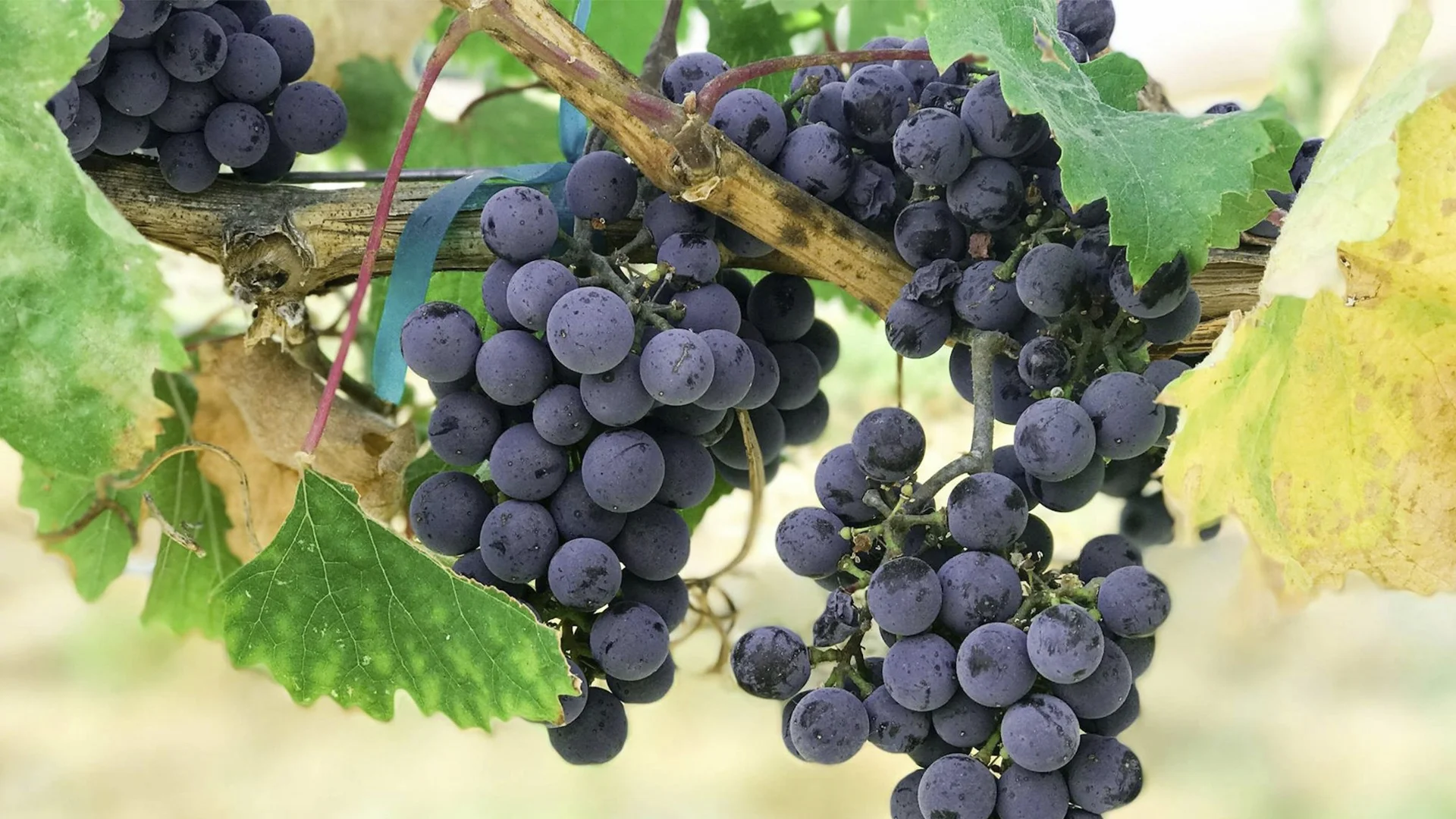
This white grape has been making wine lovers smile for ages! Its fresh, zesty vibe and aromatic profile make your taste buds dance, and sometimes, it even throws in a nutty twist that keeps things interesting. Whether you’re sipping a crisp glass on a sunny afternoon or savouring a richer, more complex pour, Verdejo’s got your back. Known for being one of the most aromatic wines, Verdejo wine is celebrated for its lively acidity and vibrant character.
But before we get too carried away, let’s get to know Verdejo a bit better. We’ve got some fun facts that might blow your mind! And we’ll take a little trip down memory lane to see where this grape came from and how it’s grown up over the years.
We will also discuss what makes Verdejo really shine—the perfect combination of climate, soil, and vineyard magic. We will explore the main regions where Verdejo thrives and how the unique characteristics of the local terroir (that’s just a fancy word for the unique environment) give the wines made from it that special something.
Oh, and we can’t forget about the whole sustainability thing. More and more winemakers are jumping on the eco-friendly bandwagon when it comes to Verdejo, and we’ll give a shoutout to some of the famous wines that are leading the charge.
So whether you’re a total wine geek or just looking to try something new, this guide will give you a whole new appreciation for Verdejo. Get ready to fall in love with this versatile grape all over again!
Verdejo grapes have been rocking the Rueda region for centuries, and they’re definitely worth getting to know. If you’re into fresh, lively wines with a little something extra, Verdejo is your new best friend. These grapes can do it all, from crisp and citrusy to rich and nutty, depending on how the winemakers work their magic.
Now, Verdejo grapes are pretty small, but don’t let that fool you. They’ve got thick skins that help them tough it out in the hot, dry weather of central Spain. And get this: a lot of the time, they’re picked at night! Why? Because the cooler temps help white grapes keep all those bright, zesty flavours locked in.
When you take a sip of Verdejo, you might think of Sauvignon Blanc, but with a unique Mediterranean twist. Your taste buds will be dancing with hints of citrus aromas of lime, green apple, and pear, plus a little herbal kick of fennel or freshly cut grass. The fruity flavours, such as white peach and pear, contribute to Verdejo's vibrant and fresh characteristics. Whether you like your wines light and breezy or with a bit more oomph, Verdejo’s got something for everyone.
It’s crazy to think about how grape production in Spain has been a bit of a roller coaster ride. EUROSTAT shows that Spain cranked out about 4.82 million tons of grapes back in December 2023. But get this: that’s a pretty big dip from the whopping 7.48 million tons they made in December 2013! It just goes to show how things like weather and farming can really shake things up over time.
Ready to geek out on Verdejo? Here are some juicy tidbits:
These little green gems have been on quite the rollercoaster ride, especially in Spain’s Rueda region, where they’ve really found their groove over the years. Verdejo has been evolving and changing with the times, going from old-school winemaking to the fresh, modern styles we know and love today.
So, let’s rewind all the way back to the Middle Ages. Verdejo probably made its grand entrance in Rueda thanks to the Moors, who were the big shots of Spanish winemaking between the 8th and 15th centuries. Some historians suggest that the grape might have been brought to Spain from North Africa during the 11th century, highlighting the cultural and agricultural exchanges between the regions. But wait, there’s a plot twist! Some folks think the grape might have actually been brought in by the Mozarabs, who were Christians living it up under Muslim rule. Talk about a mystery! Anyway, no matter how it got there, Verdejo quickly became the talk of the town, especially for making “Dorado de Rueda,” a fancy-schmancy liqueur-style wine that had the Spanish court swooning over its rich, oxidative flavours.
But then, things took a turn for the worse in the early 20th century. The phylloxera epidemic crashed the party and nearly wiped out Rueda’s Verdejo vineyards and poor Verdejo almost vanished! It wasn’t until the late 20th century that Verdejo wines made a big comeback. By the 1990s, people were craving fresher, more aromatic white wines, and Verdejo was like, “I got this, fam.” Wineries like Marqués de Riscal stepped up to the plate, bringing in all the cool, modern techniques like temperature-controlled fermentation and stainless steel aging to really make Verdejo shine.
Fast forward to today, and Verdejo is basically a rockstar in Spain’s white wine scene. Rueda alone has over 16,500 hectares of Verdejo vines, and it makes up a whopping 45% of Spain’s white wine market. People can’t get enough of its aromatic profile, which is often compared to New Zealand Sauvignon Blanc. Whether you’re sipping on a young, fresh Verdejo or savouring a more complex, aged version, this white grape never disappoints.
When you really think about it, Verdejo’s story is all about being tough and rolling with the punches. From its ancient roots to its current status as a white wine superstar, Verdejo proves that when you mix tradition with innovation, magic happens.
Alright, let’s talk about what makes Verdejo grapes really shine! These little green superstars are all about living their best life, and the Rueda region in Spain is like their ultimate paradise. It’s got the perfect mix of soil, temperature, rainfall, and altitude that makes Verdejo feel right at home.
The diurnal temperature variation in Rueda plays a crucial role in this. The significant difference between day and night temperatures helps to preserve the acidity and enhance the aromatic qualities of tropical fruit in the grapes. It’s like a recipe for success, ensuring that every bottle of Verdejo wine is bursting with all the incredible flavours and aromas that make this grape so special. Some producers use barrel fermentation to enhance the weight, concentration, and richness of Verdejo wines.

First up, let's talk about the soils. Verdejo vines are totally in love with the sandy and gravelly soils in Rueda, especially in the middle and lower parts of the old Duero terraces. These soils are like a dream come true for drainage, keeping those roots happy and healthy. But wait, there's more! In the central vineyard areas north of Medina del Campo, the soils are more like a clay-loam mix. It's the best of both verdejo worlds—holding onto just enough water while letting the rest drain away. This makes the vines work a little harder, but trust me, it's worth it for those super-concentrated flavors.
Verdejo grapes are like the Goldilocks of the wine world—they love it when the temperature is just right. Rueda's dry climate is their jam, with hot days and cool nights working together to ripen those grapes nice and slow. This temperature rollercoaster is the key to keeping the grapes' natural acidity in check while also bringing out their rich, complex flavours. Just keep an eye out for those sneaky spring frosts since Verdejo likes to bud early!
Rueda’s dry climate is usually enough to keep Verdejo vines happy as clams, but sometimes, in super dry years or hot summers, they might need a little extra love in the form of irrigation techniques. It’s all about finding that sweet spot—too much water, and those delicious, vibrant flavours might get a little watered down.
Verdejo vines in Rueda are at their best when they get an average of 1,500 to 1,800 Growing Degree Days (GDD). This is the perfect recipe for helping the grapes achieve phenolic ripeness, developing all those mouth-watering aromas and flavours while still maintaining that zesty, refreshing, high acidity that makes Verdejo wines so refreshing.
Last but not least, let's talk about how high Verdejo likes to climb. In Rueda, these grapes are usually grown between 600 and 850 meters above sea level. That might sound like a lot, but trust me, it's the secret to keeping those grapes fresh and lively. The cooler temps at these heights are like a slow-motion button for ripening, giving the grapes plenty of time to develop all those juicy, complex flavours.
So, there you have it! When you put all these pieces together—the perfect soil, climate, and altitude—you get the ultimate paradise for Verdejo grapes. It's like a recipe for success, ensuring that every bottle of Verdejo is bursting with all the incredible flavours and aromas that make this grape so special.
Now, let’s talk about the wine regions where Verdejo really shines. This grape is living its best life in a few key regions, each with its own special something that brings out different sides of Verdejo’s awesome personality. Vineyard management plays a crucial role in the cultivation practices in these different regions, ensuring that the unique characteristics of Verdejo are fully expressed.

Now, it’s time to talk about the big S-word in the world of Verdejo grapes: Sustainability! This is becoming a major game-changer, especially in Spain’s Rueda region, where Verdejo wine is the undisputed star of the show. But here’s the thing—going green isn’t just about being a tree-hugger (although that’s totally cool, too). It’s also about making some seriously killer wine.
Picture this: more and more Rueda producers are jumping on the organic and biodynamic bandwagon. They’re kicking synthetic fertilizers and pesticides to the curb and embracing practices that are all about giving the soil some serious TLC and letting biodiversity do its thang. Organic farming is at the heart of these sustainable practices, ensuring that the grapes can really strut their stuff and show off their unique terroir. You end up with wines that are bursting with rich, authentic flavours that’ll knock your socks off.
But wait, there’s more! Water management is also a huge piece of the sustainability puzzle. Rueda’s climate is drier than a desert, so conserving every last drop of water is a must. That’s where cool techniques like drip irrigation and rainwater harvesting come in. These clever methods make sure the vines get the drinks they need without wasting a precious resource. It’s a win-win for Mother Earth and the grapes.
And let’s not forget about the soil—it’s like the unsung hero of the vineyard. Producers are using cover crops to keep erosion in check and give the soil a fertility boost. These crops are like the ultimate wingmen for the vines, creating a comfy home for all the good microorganisms and making sure the soil in old vineyards is in tip-top shape. For Verdejo grapes, which love well-drained soils, this is a total game-changer.
Now, when it comes to dealing with pesky pests, many Verdejo growers are all about IPM (Integrated Pest Management). Instead of dousing everything in chemical pesticides, they’re keeping a close eye on pest populations and using nature’s own tricks to keep them under control. Not only does this keep the environment happy, but it also creates a healthier vineyard ecosystem where the vines can thrive and pump out some seriously top-notch grapes.
Now, listen up, wine enthusiasts, because we’re about to dish on some seriously famous Verdejo wines that are straight-up killing it. Let’s dive in and get the scoop on each one because they’ve all got their own unique flavour profile, vibes and a special place in the wine world. Verdejo wines often share delightful qualities with Sauvignon Blanc wines, such as their crisp, balanced acidity and aromatic profiles, but they also offer distinct experiences with unique taste and aroma differences.
These are exceptional white wines that are a masterclass in Verdejo’s range—from bright and fruity to rich and complex—and they’re the reason why Verdejo has earned its spot as one of the top white wine grapes in the game. So go forth, my wine-loving friends, and get your hands on these famous Verdejos.
Alright, folks, it’s time to give a big shoutout to Verdejo, the grape that’s been through it all and come out on top! This little green wonder has some serious roots in Spain’s Rueda region, and its story is one for the ages. From its grand entrance in the Middle Ages (thanks, Moors!) to its big comeback in the 20th century, Verdejo has been rolling with the punches and evolving like a boss alongside all the crazy changes in winemaking and what people are thirsty for.
But what makes the Verdejo grape variety so dang special? It’s all about the place, baby! From the sandy soils of the Duero terraces to the sky-high altitudes of Castilla y León, these unique spots are like Verdejo’s secret sauce. They give the grape variety its one-of-a-kind personality that we can’t get enough of. And with all the cool sustainable farming tricks like organic and biodynamic methods, Verdejo can really strut its stuff while also being kind to Mother Earth. It’s a win-win!
Verdejo is like the chameleon of grapes—it can adapt to all sorts of places and make itself at home. Each region puts its own special stamp on the same grape variety, so you end up with a crazy range of wines that go from crisp and refreshing to rich and complex. Whether you’re sipping on a classic Rueda Verdejo with its citrusy zing or getting fancy with an oak-aged version that’s got some serious depth, Verdejo has something for everyone.
At the end of the day, Verdejo’s wild ride from an ancient grape to a modern-day superstar is proof that this grape’s got grit and staying power. It’s a testament to the hardcore dedication of the winemakers who have been championing Verdejo through thick and thin, utilizing various winemaking techniques to bring out its best qualities. So whether you’re kicking back with a simple glass on a hot day or getting your geek on with its more complex side, Verdejo has earned its place in the wine world’s hall of fame. Raise a glass to this green machine—it’s earned it!





























































































.webp)

.webp)





Are you interested in
collaborating with us?